
Map Of Europe 400 Ad Topographic Map of Usa with States
The time between the 8th and 11th centuries (c. 800-1000) is assigned to the early Middle Ages generally, even by those who extend. For almost a thousand years, Rome was the most politically important, richest and largest city in Europe. Around 100 AD, it had a population of about 450,000,.
800 Europe Map Topographic Map of Usa with States
"Little is known of the early part of this period in Scandinavia and eastern Europe. Against the hardship of climate and topography, people in both regions establish a way of life but interact little with the centers of civilization to the south and west. By the late eighth century, however, bands of Scandinavians are active throughout Europe, raiding wealthy monasteries and sailing as far.

Mapas Séculos Vi X Medieval Uff Free Download Nude Photo Gallery
Europe is the world's second-smallest continent in terms of area, covering about 10,400,000 square kilometres (4,010,000 sq mi) or 2.0% of the Earth's surface. The only continent smaller than Europe is Australia. In terms of population, it is the third-largest continent (after Asia and Africa) with a population of some 710,000,000 or about 11%.
Europe,800 AD, Gourmaud MapPorn
East-Anglia. Powys. Northumbria. Gwynedd. Strathclyde. Califate of Baghdad. Kingdom of the Danes. Gwent. Historical Atlas of Europe, complete history map of Europe in year 800 showing the major states: Eastern Roman Empire, Emirate of Cordoba, Kingdom of Maghreb, Bulgarian Khanate, Papal States, Khanate of the Khazars and Asturias and Galicia.
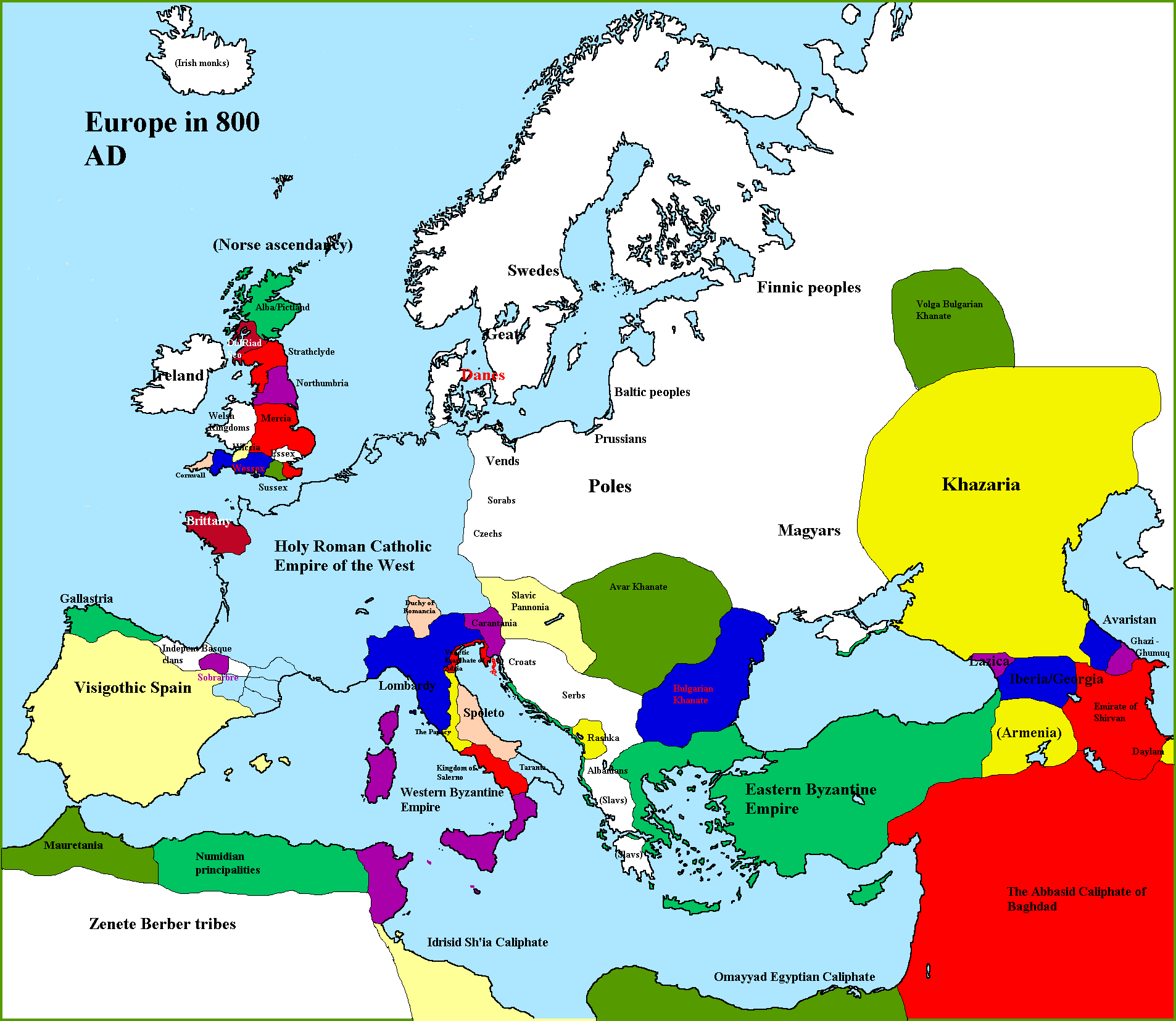
Timeline 750800 (Interference) Alternative History FANDOM powered by Wikia
The Viking Raids, a.d. 800-1150OverviewThe Vikings, or Norsemen, of Scandinavia, were the dominant sea power in Europe from about a.d. 800 to 1150, exploring the coastlines of Europe, the British Isles, and North Africa. Source for information on The Viking Raids, A.D. 800-1150: Science and Its Times: Understanding the Social Significance of Scientific Discovery dictionary.

Historical map of Europe in the year 800 AD Historical maps Pinterest
The Iron Age was a time of dramatic change for the people of Britain and Europe. Iron replaced bronze as the material used to make tools and weapons, while religion, art, daily life, economics and politics changed dramatically. The story of these civilisations (known to the Greeks and Romans as Britons, Celts, Germans and Iberians) and their.
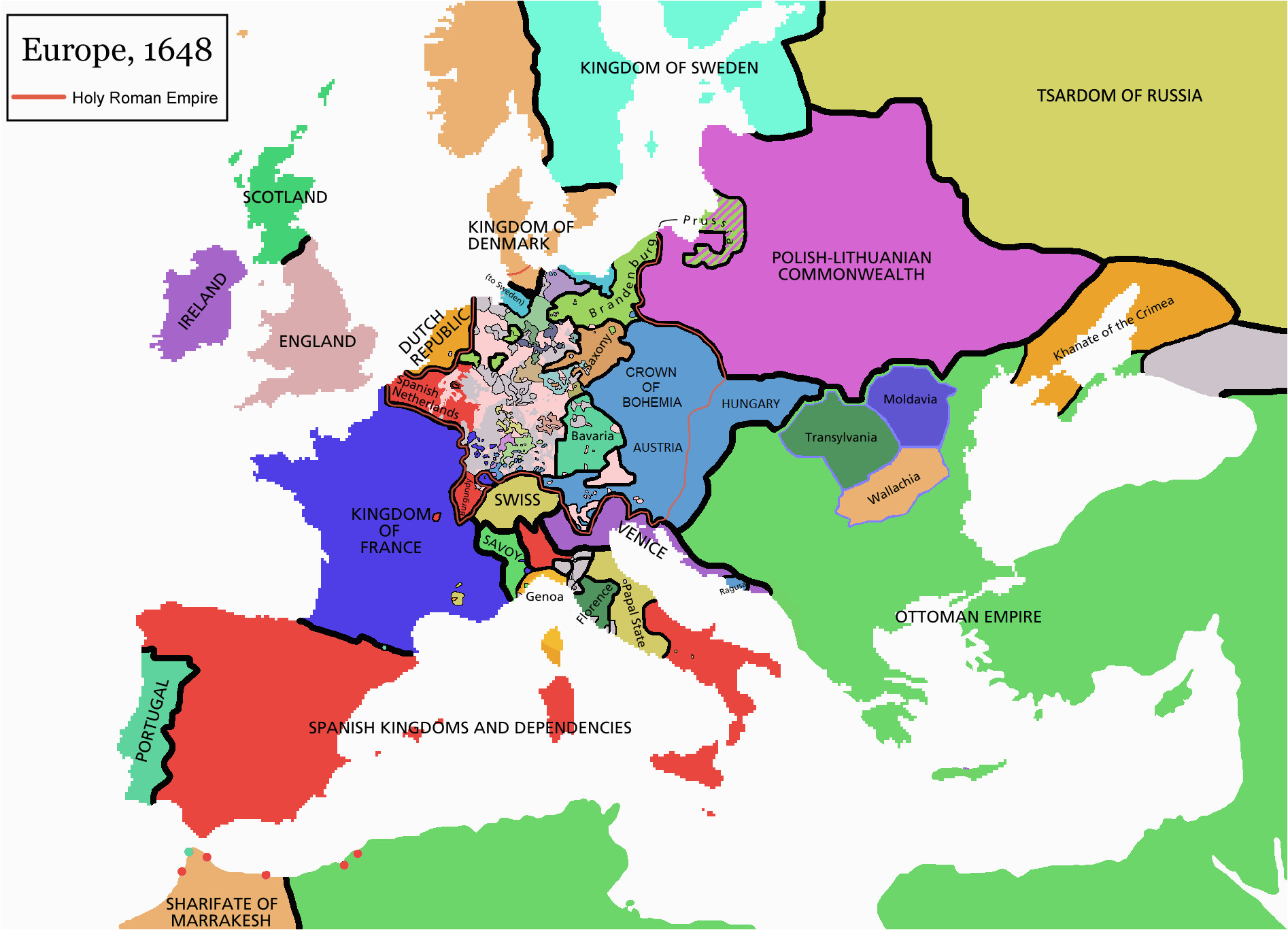
Map Of Europe 800 Ad secretmuseum
Europe 600 AD Europe 700 AD Europe 800 AD Europe 900 AD Europe 1000 AD Europe 1100 AD Europe 1200 AD Europe 1300 AD Europe 1400 AD Europe 1500 AD These maps do not pretend to be absolutely accurate. It is important to notice that, during late antiquity and early middle age, "public power" and "boundaries" were not clear notions..
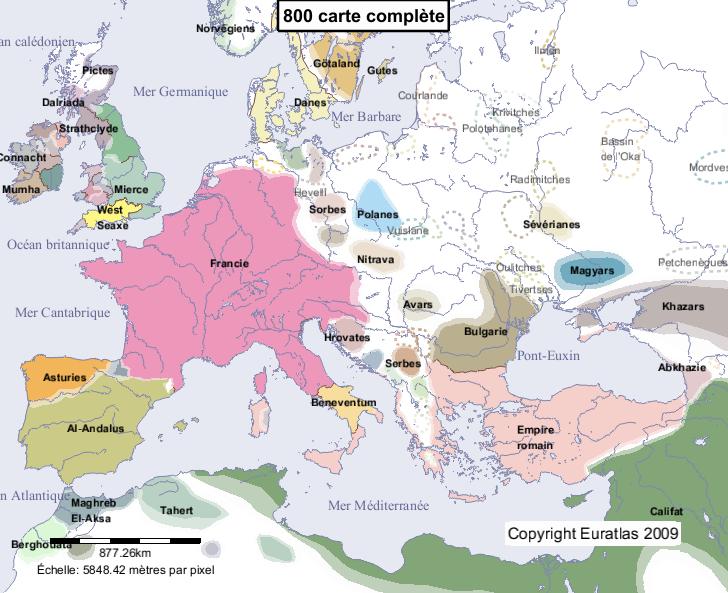
Map Of Europe 800 Ad Map
History of Europe - Medieval, Feudalism, Crusades: The period of European history extending from about 500 to 1400-1500 ce is traditionally known as the Middle Ages. The term was first used by 15th-century scholars to designate the period between their own time and the fall of the Western Roman Empire. The period is often considered to have its own internal divisions: either early and late.
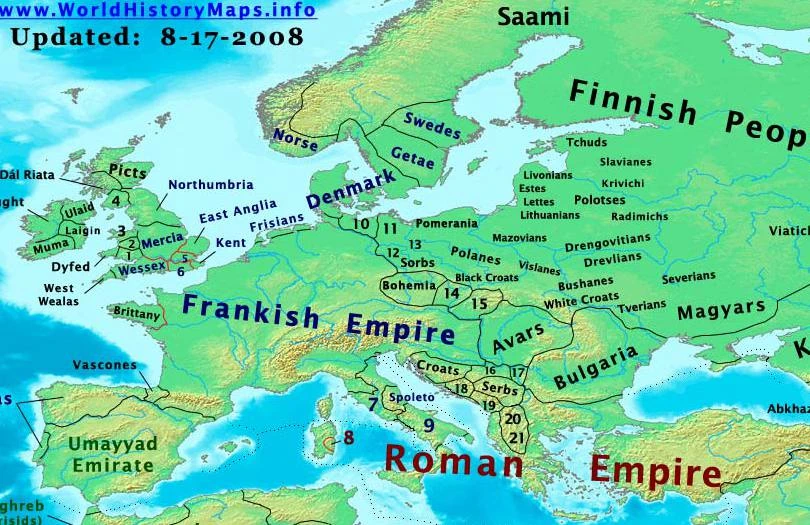
Image Europe800ad.jpg Wiki Atlas of World History Wiki FANDOM powered by Wikia
By place Europe. April 3 - King Louis the Pious, son of Charlemagne, captures Barcelona after a siege of several months. Bera is appointed first count of Barcelona.; April 29 - Earthquake in Rome and Spoleto.; Emperor Charlemagne formally cedes Nordalbian territory (modern-day Schleswig-Holstein) to the pagan Obotrites (allies of the Carolingian Empire)..

Europe in 800 AD Maps on the Web
Map information sources. 800 AD Charlemagne- Emperor Of The West- Charlemagne was crowned Emperor of the West by Pope Leo III on December 25th — Christmas Day — in St. Peters Church. Pope Leo allowed Charlemagne to clear himself of a series of charges. The coronation of Charlemagne represented an irrevocable breach between Constantinople.

Vikings raids 8001000 Viking maps Pinterest Vikings
Narentanians (S) Online historical atlas showing a map of Europe at the end of each century from year 1 to year 2000: Complete Map of Europe in Year 800.

Europe 800 AD Europe, Abbasid caliphate, Map
What is happening in Europe in 1000BCE. This map shows the history of Europe in 1000 BCE. A period of turmoil. Over the past few centuries the peoples of Europe have experienced widespread disruption as the peoples of the Tumulus cultures have expanded out from their central Europe homelands, just before 1200 BCE. The train of migrations and invasions this set in motion has had a huge impact.

Map Of Europe 800 Ad Draw A Topographic Map
800. Year 800 ( DCCC) was a leap year starting on Wednesday (link will display the full calendar) of the Julian calendar, the 800th year of the Common Era (CE) and Anno Domini (AD) designations, the 800th year of the 1st millennium, the 100th and last year of the 8th century, and the 1st year of the 800s decade.
[OC] Europe (and surrounding areas) in the year 800 A.D. [5283x4645] r/MapPorn
History of Europe - Migration, Population, Ethnicity: For the continent as a whole, the population growth under way by 1500 continued over the "long" 16th century until the second or third decade of the 17th century. A recent estimate by the American historian Jan De Vries set Europe's population (excluding Russia and the Ottoman Empire) at 61.6 million in 1500, 70.2 million in 1550, and.
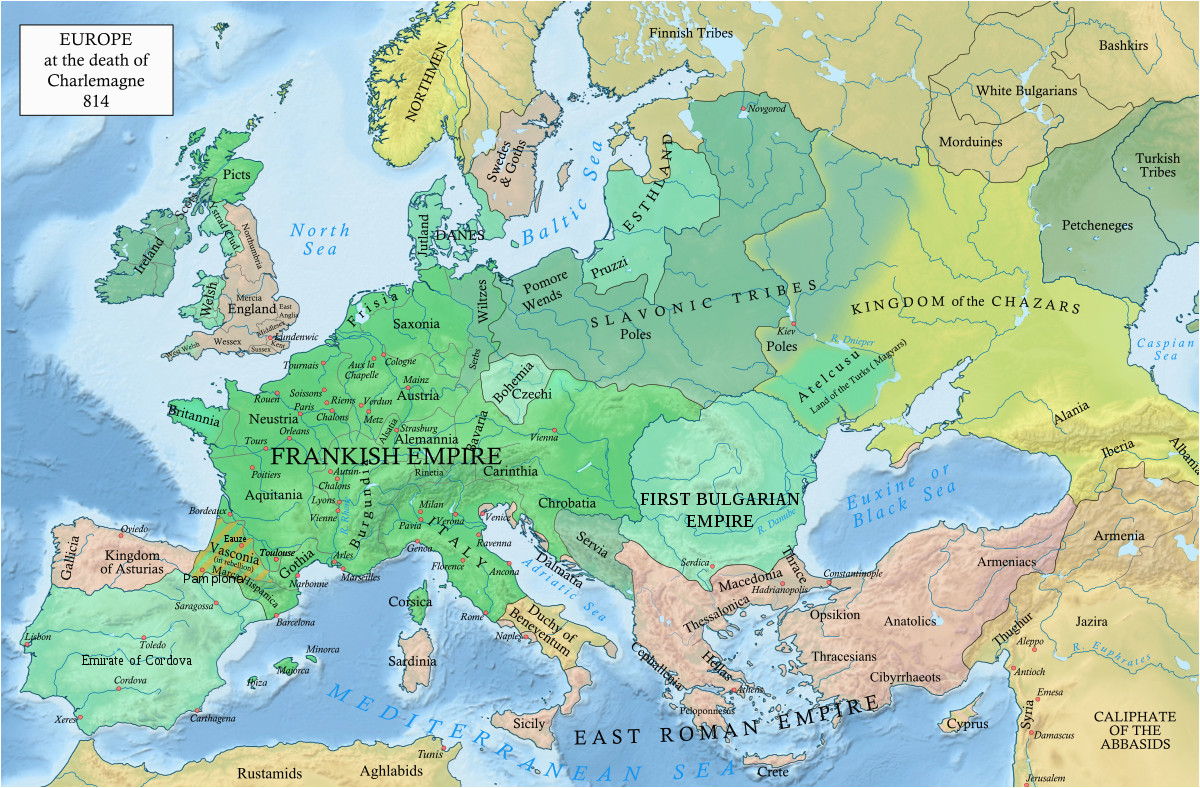
Map Of Europe 800 Ad secretmuseum
The most recent millennium of European political history was wrought with war and conquest. Borders shifted; empires rose and fell. In the video above we see Europe's evolution from 1000 A.D. to.
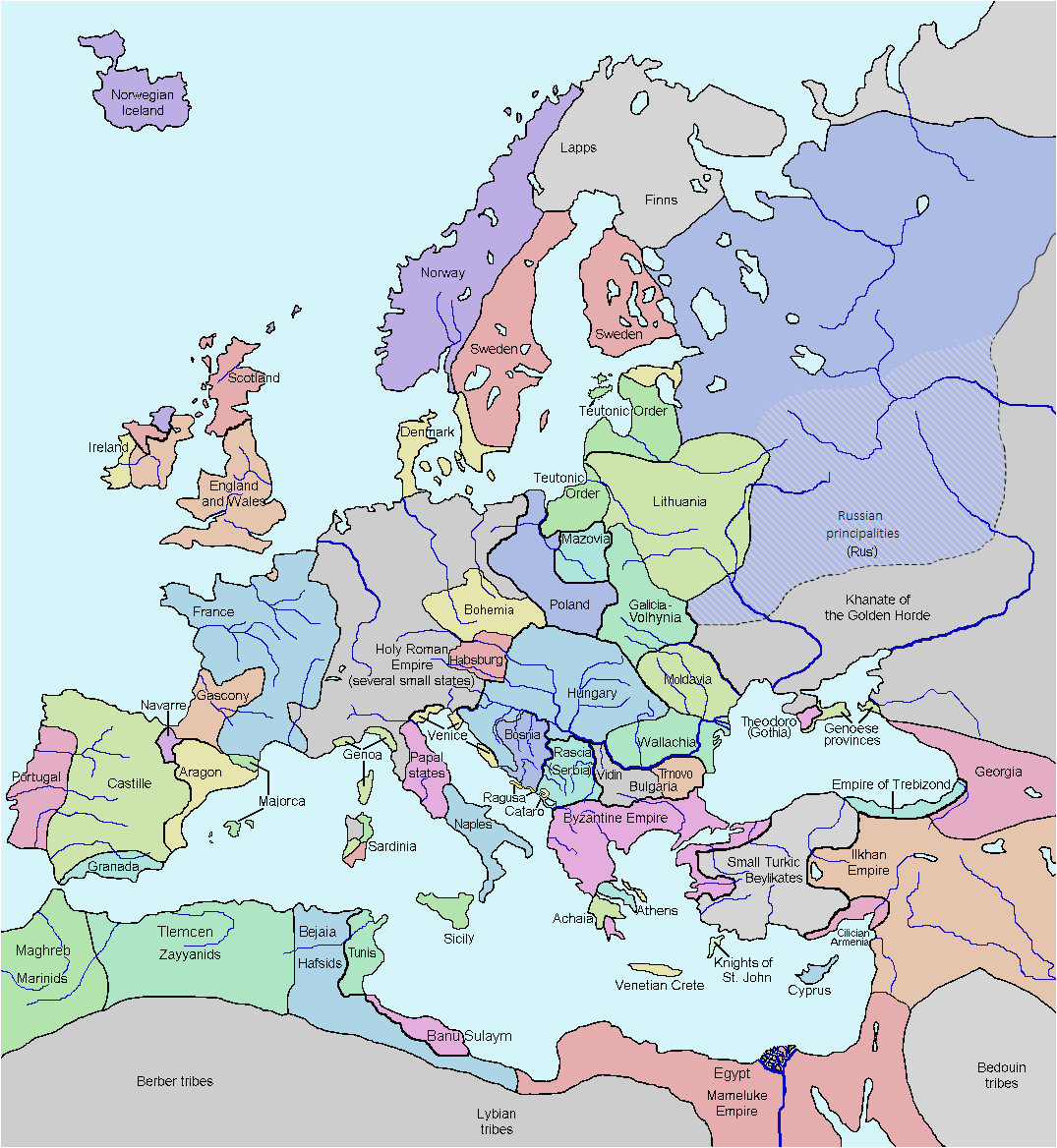
Map Of Europe 800 Ad secretmuseum
Europe by cartographer Abraham Ortelius in 1595. The history of Europe is traditionally divided into four time periods: prehistoric Europe (prior to about 800 BC), classical antiquity (800 BC to AD 500), the Middle Ages (AD 500 to AD 1500), and the modern era (since AD 1500).. The first early European modern humans appear in the fossil record about 48,000 years ago, during the Paleolithic Era.